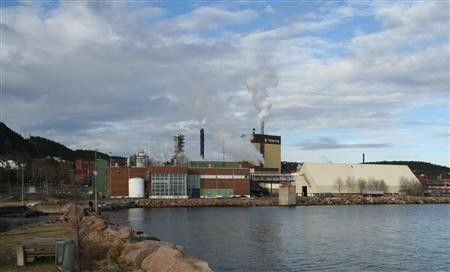Dutch To Pursue Saltwater Power Project

Dutch researchers are hoping that the opening of a saltwater power test facility on Afsluitdijk, will generate inexhaustible energy source. The 'blue energy' test plant is located along the long dike built off the Dutch seaside during the 1930s.
According to Rik Siebers of REDstack BV, the company managing the project, improving technology to the point where it will be feasible to set up blue energy plants commercially by the next decade is the main goal.
The Dutch facility has a maximum capacity of 50 megawatts. This theoretical power output is enough to supply energy to 100 Dutch homes. The system mixes two watercourses of different salinity to generate energy, one filter having seawater and the other with river water. One side of the filter lets positive ions flow through, while the other takes in negatively charged chlorine ions to produce natural electricity. Every filter panel can generate a single watt. The filters are piled up in hundreds to increase power generation.
On Nov 24, 2009, the world's first saline power plant, Statkraft Hurum, opened in Tofte, Norway. Annually, it could generate roughly 12 terawatt-hours (TWh) or 10 percent of the total demand for electricity. This pilot project has several advantages and drawbacks.
This method of power generation is definitely dependable, convenient, and cost-efficient. Machines operate with minimal noise, supervision and maintenance. Osmotic plants can be activated fast when needing an emergency power source. On the other hand, setting up a saltwater power plant is costly. To have optimum output, a huge permeable membrane and other expensive plant parts are needed.
Now, the same technique is being established in The Netherlands. The presence of estuaries and river deltas such as the convergence of the Rhine and Meuse makes it viable to set up an osmotic plant.
Funding for the project is being sustained by joint efforts of government and private sponsors, with participation by the University of Twente.





















